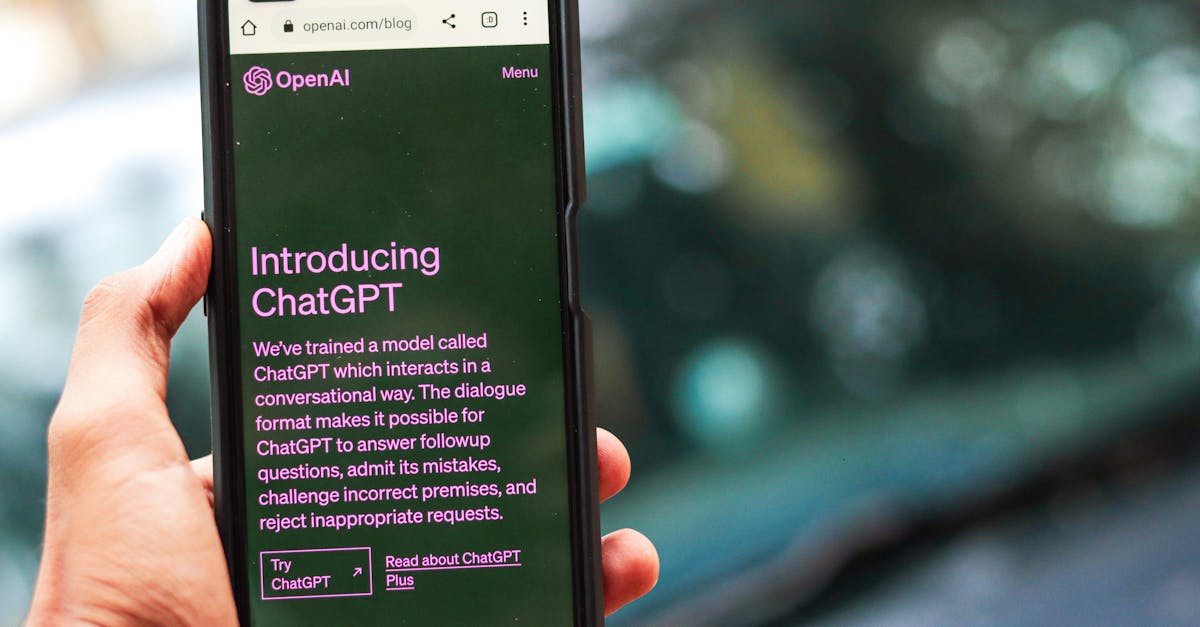
Unveiling the Truth: Exploring Revolutionary AI-Powered Tools Transforming Deepfake Detection
Deepfakes have become a significant concern in recent years, posing a threat to media authenticity and spreading misinformation. With the increasing sophistication of deepfake technology, it’s crucial to adopt equally advanced methods to detect them. Enter AI-powered tools – revolutionary solutions that are transforming the landscape of deepfake detection.
The Rise of Deepfakes
Deepfakes use artificial intelligence and machine learning algorithms to create realistic but fabricated images, audio, or video content. They can be used maliciously to impersonate public figures, spread misinformation, or manipulate opinions. The rise of these sophisticated deceptions has made the need for robust detection tools more urgent than ever.
AI’s Role in Deepfake Detection
Artificial Intelligence is proving to be a powerful ally in the fight against deepfakes. By leveraging machine learning and advanced algorithms, AI-powered tools can analyze visual and audio data at an unprecedented speed and accuracy, identifying telltale signs of manipulation that may escape human detection.
1. Facial Motion Analysis
Explanation: One common method involves analyzing facial movements and expressions to determine if they are consistent with real-world physics and human behavior. For instance, AI tools can detect unnatural eye blinking or mouth movement patterns that may indicate a deepfake.
2. Audio Frequency Analysis
Explanation: Another approach is to analyze the frequency spectrum of an audio recording to identify inconsistencies in voice characteristics, tone, and timbre. This technique can help detect whether a voice has been digitally altered or synthesized.
3. Machine Learning-Based Detection
Explanation: Some AI tools employ machine learning algorithms trained on large datasets of real and fake media to recognize patterns indicative of manipulation. These systems learn to identify subtle cues that can differentiate between genuine and tampered content.
4. Digital Forensics Techniques
Explanation: AI-powered tools also employ digital forensics techniques such as image steganalysis (detecting hidden data within images) or metadata analysis to uncover signs of tampering.
Benefits of AI-Powered Tools
The use of AI in deepfake detection offers several advantages over traditional methods:
- Speed: AI tools can process vast amounts of data quickly, allowing for real-time monitoring and detection.
- Accuracy: Advanced algorithms enable these tools to detect even the most sophisticated deepfakes with high accuracy.
- Scalability: As machine learning models improve, so does their ability to handle increasing volumes of data, making them ideal for large-scale deployment.
Challenges and Limitations
While AI-powered tools hold great promise in combating deepfakes, they are not without their challenges. Some limitations include:
- False Positives: In an effort to avoid missing any potential deepfakes, these systems may sometimes flag real content as fake, leading to false alarms.
- Evolving Techniques: As creators of deepfakes continually develop new techniques, detection tools must evolve accordingly, requiring ongoing research and development.
- Legal and Ethical Considerations: The use of AI in detecting deepfakes raises important questions about privacy, consent, and the potential misuse of personal data.
Future Outlook
As technology continues to advance, so too will the sophistication of deepfakes. It is crucial that AI-powered tools keep pace with these developments to ensure the integrity of our digital information landscape. With ongoing research and collaboration between industry experts, academia, and policymakers, we can hope for a future where truth remains unveiled.
Conclusion
The rise of deepfakes poses a significant threat to media authenticity and the spread of misinformation. Fortunately, AI-powered tools are emerging as revolutionary solutions in detecting these manipulated images, audio, or video content. By leveraging machine learning algorithms and advanced techniques like facial motion analysis and digital forensics, these tools hold great promise in transforming the landscape of deepfake detection. While challenges remain, continued innovation and collaboration will be key to ensuring that truth prevails over deception.
Keywords
AI-powered tools, deepfake detection, fake news, media authenticity, machine learning, digital forensics, AI technology, content verification
Image Search Keywords (For Visual Alignment)
1. Artificial Intelligence Icon
2. Machine Learning Model
3. Facial Recognition Software Interface
4. Audio Spectrum Analyzer
5. Cybersecurity Logo